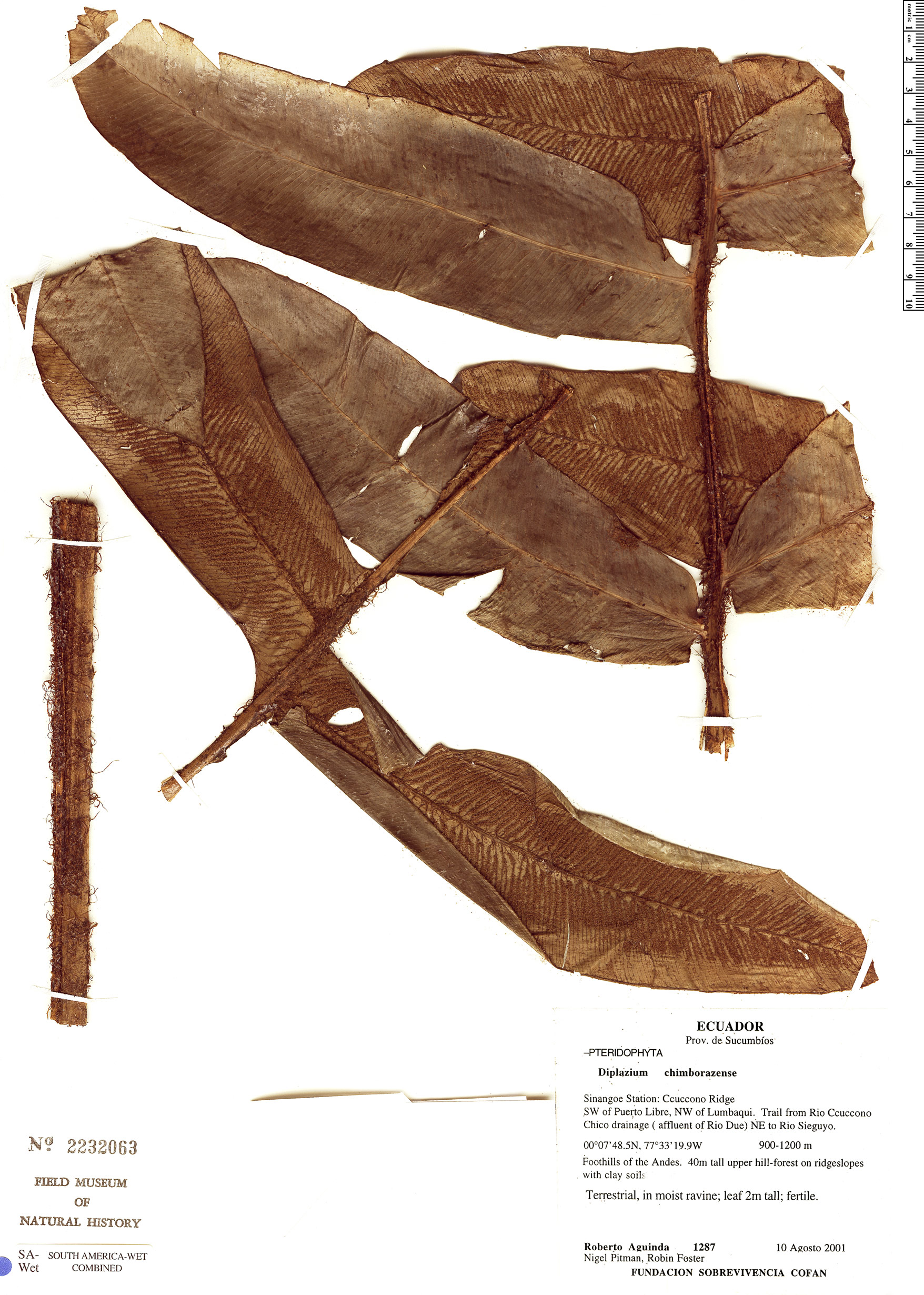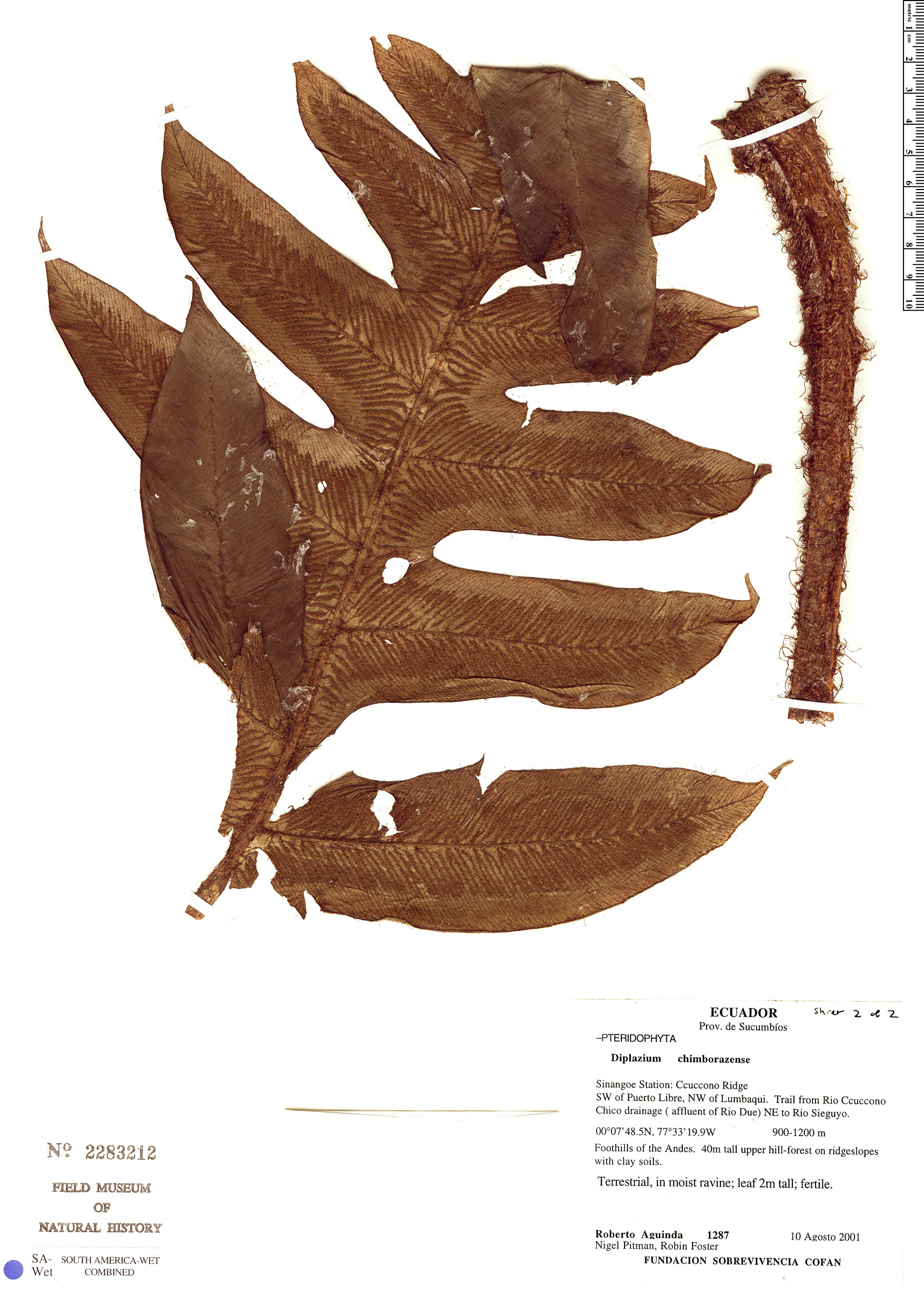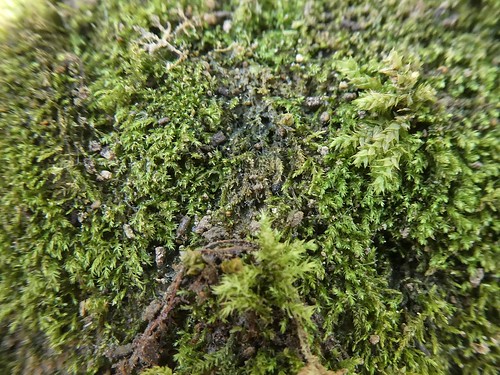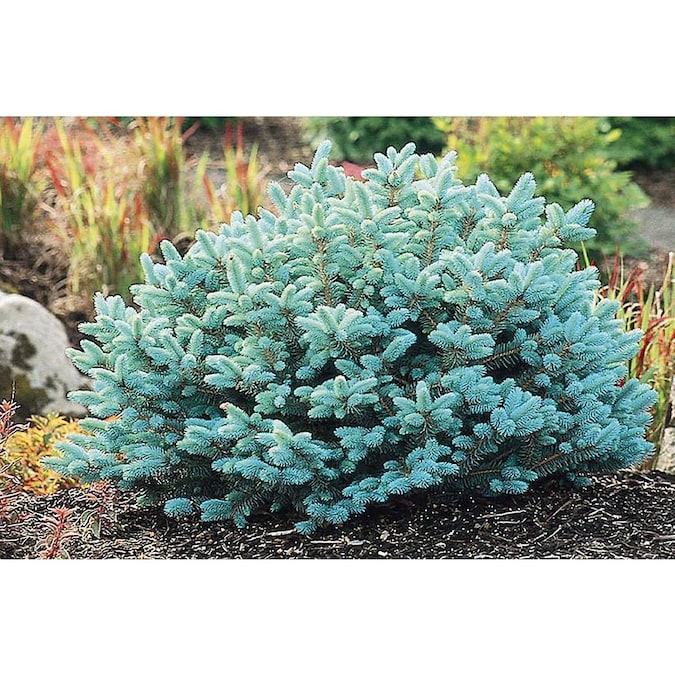
image from: https://plantidtools.fieldmuseum.org/es/rrc/catalogue/320499
Introduction
Prepare to embark on a fascinating journey into the world of Ptychomitrium chimborazense (Spruce ex Mitt.) A.Jaeger, a remarkable moss species that belongs to the Ptychomitriaceae family. Often referred to simply as Ptychomitrium, this unassuming plant has captured the hearts and minds of bryologists and nature enthusiasts alike. Brace yourself for an engaging exploration of this diminutive yet extraordinary member of the Bryophyta (mosses) division.
Background
Before we delve into the intricacies of Ptychomitrium chimborazense, it’s essential to understand the broader context in which it thrives. Mosses, along with liverworts and hornworts, form the fascinating group known as bryophytes. These ancient and resilient plants have been around for millions of years, predating even the earliest vascular plants. Despite their small stature, bryophytes play a crucial role in various ecosystems, acting as pioneers in colonizing new environments and contributing to soil formation and moisture retention.
Main Content

image from: https://plantidtools.fieldmuseum.org/es/rrc/catalogue/398429
Morphology and Identification
Ptychomitrium chimborazense is a true marvel of nature, with its intricate morphological features that set it apart from other moss species. This acrocarpous (upright-growing) moss forms dense, cushion-like tufts or mats, often adorned with a striking green or yellowish-green hue. Its leaves are lanceolate (lance-shaped) and crisped (curled) when dry, a characteristic that aids in water retention and protection during periods of desiccation.
One of the most distinctive features of Ptychomitrium chimborazense is its calyptra, a delicate cap-like structure that covers the developing sporophyte (spore-bearing structure). This calyptra is

image from: https://www.pinterest.com/pin/201254677074297331/
mitrate (mitre-shaped) and plicate (folded or pleated), adding to the moss’s unique appearance.
Global Distribution and Habitat
Ptychomitrium chimborazense is a true globetrotter, with a distribution that spans multiple continents. It can be found in various regions, including South America, Central America, Mexico, and even parts of North America. This moss thrives in a diverse range of habitats, from exposed rock surfaces and cliffs to soil banks and tree trunks.
One of the remarkable adaptations of Ptychomitrium chimborazense is its ability to withstand extreme environmental conditions. It can be found growing in high-altitude regions, such as the Andes Mountains, where it endures harsh temperatures, intense UV radiation, and desiccating winds. This resilience is a testament to the moss’s evolutionary prowess and its ability to colonize even the most challenging environments.
image from: https://www.europeana.eu/en/item/1027/E00007519
Ecological Roles and Adaptations

image from: https://www.alamy.com/stock-photo-long-shanked-pincushion-moss-ptychomitrium-polyphyllum-with-capsules-23908689.html
Despite its diminutive size, Ptychomitrium chimborazense plays a vital role in various ecosystems. As a pioneer species, it contributes to soil formation and stabilization, paving the way for other plants to establish themselves. Additionally, its dense mats provide a microhabitat for a diverse array of microscopic organisms, including tardigrades (water bears), rotifers, and nematodes.

image from: https://www.flickr.com/photos/silybum/49873322498
One of the most fascinating adaptations of Ptychomitrium chimborazense is its ability to undergo desiccation tolerance. During periods of drought, the moss can enter a state of dormancy, effectively shutting down its metabolic processes until favorable conditions return. This remarkable ability allows it to survive in environments where water availability is scarce or unpredictable.
Case Studies/Examples
To illustrate the significance of Ptychomitrium chimborazense, let’s explore a case study from the Andes Mountains. In these high-altitude regions, the moss plays a crucial role in stabilizing soil and preventing erosion on steep slopes and rocky outcrops. Its dense mats act as a living blanket, trapping moisture and providing a foothold for other plant species to establish themselves. This symbiotic relationship contributes to the overall biodiversity and resilience of the ecosystem.
Technical Table
| Characteristic | Description |
|---|---|
| Scientific Name | Ptychomitrium chimborazense (Spruce ex Mitt.) A.Jaeger
 image from: https://www.nzplants.auckland.ac.nz/en/about/mosses/native-species/ptychomitriaceae/ptychomitrium-australe.html |
| Family | Ptychomitriaceae |
| Division | Bryophyta (Mosses) |
| Class | Bryopsida |
| Growth Form | Acrocarpous (upright-growing) |
| Leaf Shape | Lanceolate
 image from: https://www.flickr.com/photos/21657471@N04/49873322643/ (lance-shaped), crisped (curled) when dry |
| Calyptra | Mitrate (mitre-shaped), plicate (folded or pleated) |
Habitat
 image from: https://www.youtube.com/watch?v=02aCtTHOjvo  image from: https://www.lowes.com/pd/Monrovia-1-6-Gallon-Dwarf-Globe-Blue-Spruce-Foundation-Hedge-Shrub/50008314 |
Exposed rock surfaces, cliffs, soil banks, tree trunks |
| Distribution | South America, Central America, Mexico, North America |
| Adaptations | Desiccation tolerance, colonization of extreme environments |